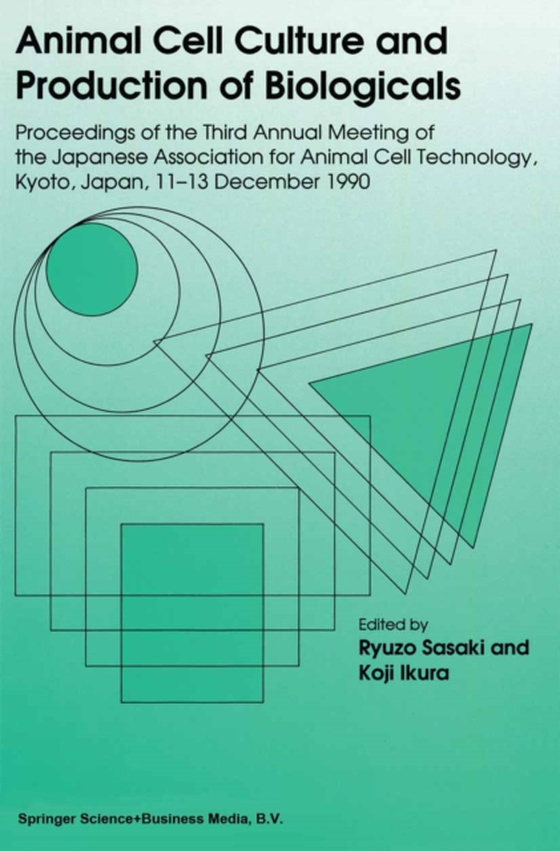
Animal Cell Culture and Production of Biologicals e-bog
436,85 DKK
(inkl. moms 546,06 DKK)
In the past two decades, the importance of animal cell technology has increased enormously. First, useful proteins can be produced by cultured animal cells, in which the desired product can be modified and organized so as to retain its biological function. Second, studies of cultured cells can provide information needed to understand molecular mechanisms that govern what happens in tissues, org...
E-bog
436,85 DKK
Forlag
Springer
Udgivet
6 december 2012
Genrer
PSE
Sprog
English
Format
pdf
Beskyttelse
LCP
ISBN
9789401135504
In the past two decades, the importance of animal cell technology has increased enormously. First, useful proteins can be produced by cultured animal cells, in which the desired product can be modified and organized so as to retain its biological function. Second, studies of cultured cells can provide information needed to understand molecular mechanisms that govern what happens in tissues, organs, and even entire organisms. For this second purpose, biochemists and molecular biologists may need a large number of such cells. Third, cultured cells can be used instead of tissues and organs clinically. The Third Annual Meeting of the Japanese Association for Animal Cell Technology (JAACT), at which participants from abroad were warmly welcomed, was held in Kyoto on December 11-13, 1990. It was organized around the idea of providing a place for the review of much new data on such applications of cultured cells and for exchanges of the views of the participants about progress in the field. This volume, divided into seven sections, contains the proceedings of the meeting. The first section reviews the molecular basis of the control of animal cell growth. In the following sections, physicochemical and biochemical factors for cell growth and production of biologicals, cell culture systems including serum-free culture, new cell lines, specific products and their characteristics, and in vitro assays for toxic, carcinogenic, and pharmacological effects are taken up in their tum.
 Dansk
Dansk

